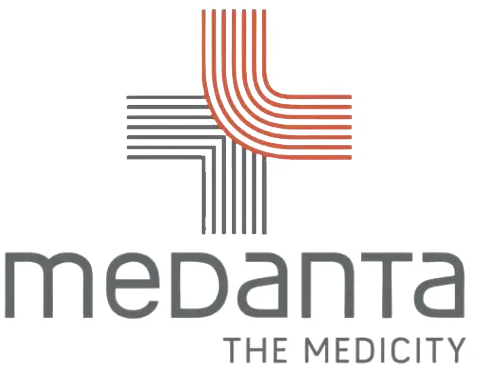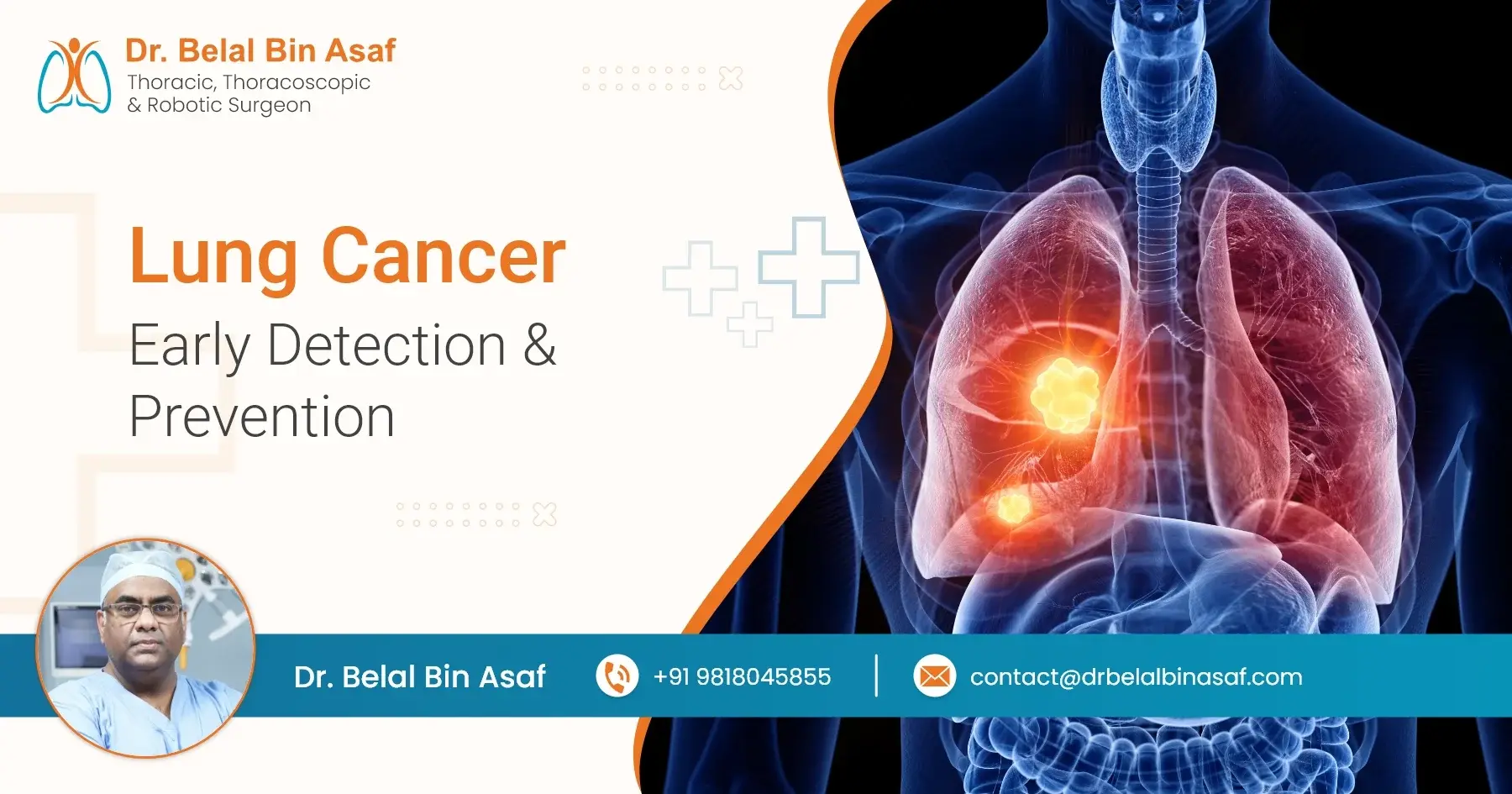Cancer is a disease in which the cells of an organ start to grow and multiply uncontrollably. When cancer starts in the lungs, it is called lung cancer. It is the most lethal cancer globally and kills more than breast, colorectal and prostate cancer combined. The only thing that has shown to improve survival from Lung cancer is early detection. However, early detection of lung cancer is not easy. In the early stages, Lung cancer often has no symptoms and symptoms usually occur after significant growth of the tumour or due to impingement upon other organs. By the time the symptoms come, most patients are in an advanced stage which leads to poor survival.
Therefore the only way to detect lung cancer early and improve survival is to screen for Lung cancer, which brings us to the question of what is Lung Cancer Screening? Screening for any cancer means that we test for cancer when there are no symptoms or history of that disease. The idea is to find a condition early, when treatment may lead to better outcomes and prolonged survival.
Based on available research evidence, the only screening test that is of some benefit is a special kind of computed tomography scan known as Low-Dose CT scan (LDCT). During an LDCT scan, the patient is laid on a table, and a CT machine uses a low dose of radiation to take detailed images of the lungs. The scan only takes a few minutes and is not painful at all. These images are then analysed by experienced radiologists who look for anything in the lungs that may be Lung Cancer.
So who are the people who should be screened for Lung Cancer?
Yearly Lung Cancer Screening with LDCT is recommended for people who—
· Are between the age of 55 and 80 years.
· Have a history of heavy smoking (30 pack-years or more)
· Smoke now or have quit within the past 15 years.
A pack-year is smoking an average of one pack of cigarettes per day for one year. For example, a person could have a 30 pack-year history by smoking one pack a day for 30 years or two packs a day for 15 years.














 +91-9818045855
+91-9818045855
